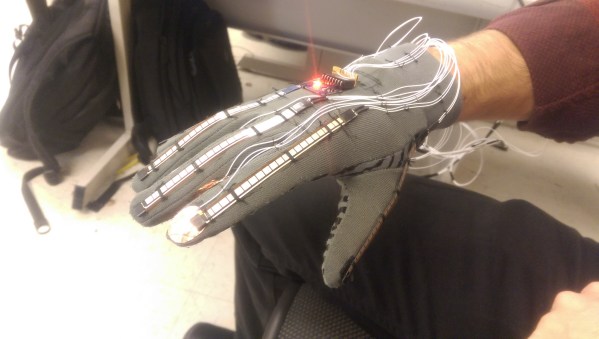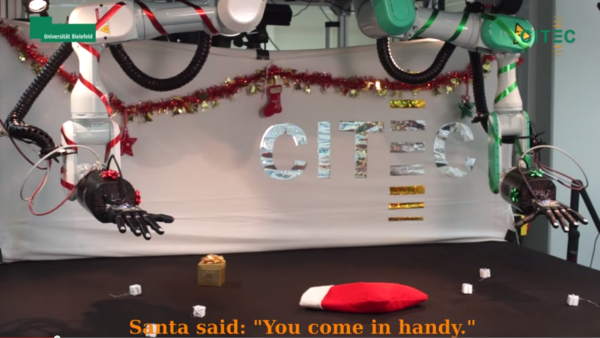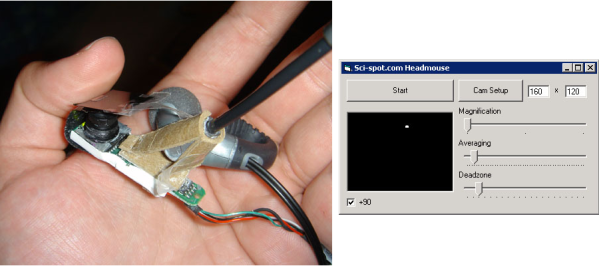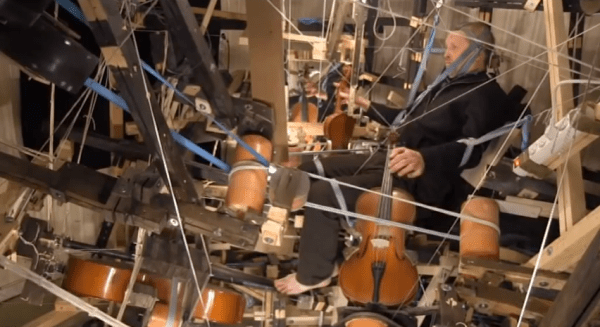[newtonn2] must have had food on his mind when he was deciding to embark on a power supply project. The enclosure is quite different…. it is a Bread Box! Even so, flipped up on end we must say it looks pretty cool. [newtonn2’s] previous power supply had crapped out and he needed a replacement supply ASAP, it was a loaf or death situation for this electronics enthusiast.
Similar to a lot of DIY bench power supplies, this one would also be based on an ATX computer power supply. These are good high-current supplies that output voltage in several convenient amounts and in this case are are all routed to their own spring terminals mounted on the enclosure. Even though those standard voltages might be good enough for most, [newtonn2] is extremely kneady and wanted a fully adjustable output so he designed up an adjustable voltage regulation circuit using an LM350 regulator. A volt meter and an amp meter indicates the power being supplied on the adjustable circuit.
Since his last power supply was toast, [newtonn2] wanted this one to be easily repairable. The ATX power supply inside can be replaced in two minutes because nothing is hard wired. The only connections are the ATX connector and power cord. For cooling, holes were drilled in the side of the enclosure so that fans could be installed. This was the yeast he could do to keep the temperature of the interior components down.
In the end [newtonn2] completed his goal of building a pretty unique and functional bench top power supply without spending a lot of dough. Check out his Instructable for extremely detailed build instructions including schematics for how all his components are wired.


















